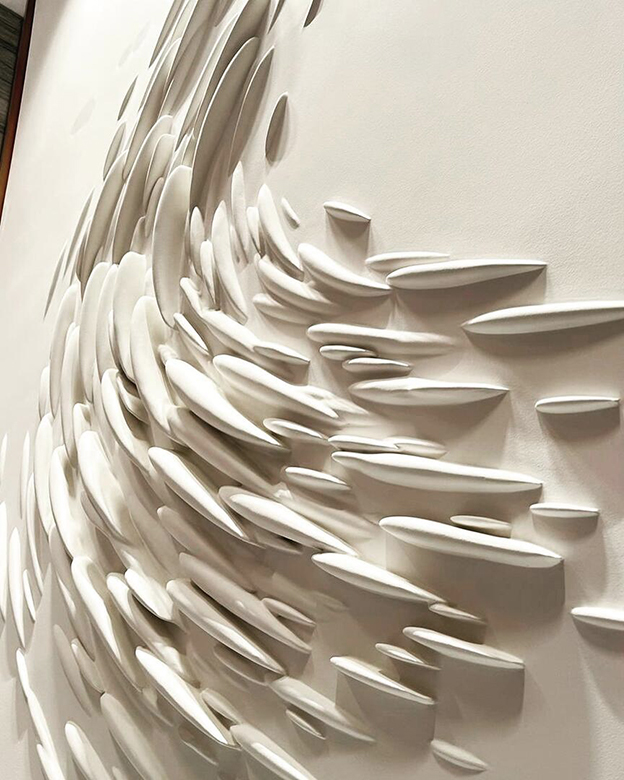
Gypsum is commonly used for creating sculptures and other decorative objects. One of the most popular uses for gypsum is in painting and finishing techniques, where its smooth surface and ability to hold intricate details make it an ideal canvas.
By following a few simple tips, you can change your gypsum pieces into stunning decorative elements that will improve any space. With careful attention to preparation, technique, and product choice, you can perfect your decorative gypsum art.
Prepare the surface properly:
Before starting any painting, it’s important to prepare the surface of your gypsum creation. Gypsum is porous, so it’s important to seal it properly to prevent paint from absorbing unevenly. Start by sanding the surface lightly to remove any rough spots or imperfections. Once the surface is smooth, apply a coat of primer to ensure better paint adhesion and a more even finish. A high-quality primer will also help prevent moisture from seeping into the gypsum, which can damage the art over time.
Choose the right paint:
When it comes to selecting paint for your gypsum creations, opt for acrylic paints, as they are versatile and offer good coverage on porous surfaces. Acrylics dry quickly and come in a wide range of colors, allowing for more flexibility in achieving the desired finish. For detailed work or fine art, water-based paints are ideal because they can be easily blended and layered. If you want a glossy finish, consider using a high-gloss acrylic varnish over the paint once it has dried.
Use multiple coats for a professional finish:
To achieve a professional, even finish, apply multiple coats of paint. Start with a thin base coat to ensure even coverage, and then gradually build up layers for depth and vibrancy. Allow each layer to dry completely before applying the next to prevent streaking or smudging. This process helps to create a smooth, flawless finish that improves the details of your decorative gypsum art.
Incorporate texture and detailing:
One of the advantages of gypsum is its ability to hold fine details. Once your base coat is dry, you can improve the piece by adding texture or intricate designs using fine brushes, sponges, or even stencils. For example, if you’re creating a nature-inspired piece, you might use a stippling technique to add texture that mimics the appearance of leaves or tree bark. For a more elegant finish, consider using gold leaf or metallic paints to highlight certain features.

